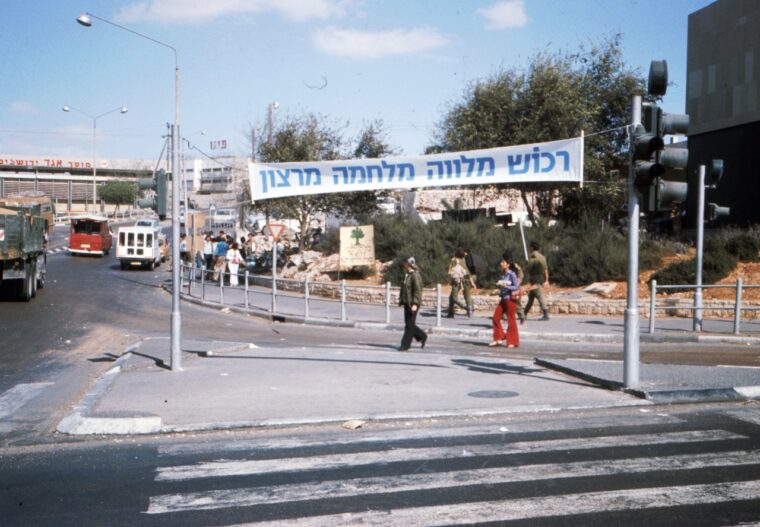From cyprus-mail.com
What do Leonardo da Vinci, Mark Twain, Aristotle Onassis, Richard Branson, George Lucas, and Oprah Winfrey have in common? Each kept a journal or diary to record their experiences, thoughts, or feelings, with some even using illustrations to convey emotions and jot down ideas.
As journalling continues to expand in popularity, more and more individuals recognise them as a powerful tool to manage and maintain one’s mental health, to reflect on the person they used to be and how they have evolved, personally and professionally. Contemporary journals allow individuals to track their emotional and intellectual progress over time.
As the world’s reliance on technology increases, there are moments when less technology makes it possible to accomplish more. To assist them manage this hyperconnected planet, they employ a non-digital solution in the form of a simple notebook or journal.
Greece’s larger-than-life shipping mogul Aristotle Onassis frequently instructed individuals in his inner circle to carry a notepad and write down everything. “When you have an idea, write it down. When you meet someone new, write down everything you know about them. That way you will know how much time they are worth,” he explained.
Although Onassis’ journalling allowed him to reflect on and better understand his thoughts and feelings, it also served as a tool to enhance his relationship with time, increasing his overall productivity.
According to Onassis, the act of writing compels one to act. “If you do not write it down, you will forget it,” he said. “That is a million dollar lesson they don’t teach you in business school.”
Only a small percentage of billionaires today have built tremendously successful companies that have significantly impacted the world but almost all of them share a set of habits such as getting up early, being healthy, practising discipline, reading, and maintaining a journal.
In his autobiography, Richard Branson said his most important item is a school notebook, which can be purchased from any stationery shop on any high street in the United Kingdom. “I carry this everywhere and write down all the comments that are made to me by Virgin staff and everyone else I meet,” he said. “The discipline of writing everything down assures that I have carefully listened to everyone.”
Winfrey has kept a handwritten journal since she was 15, “which is a testament to growth and grace that I have come so far.
“I started using journals to express my gratitude and watched my blessings multiply,” she said. “What you focus on, ultimately expands.”
While Onassis, Branson, and Winfrey are just a few examples of how journalling enabled them to tap into their deepest reservoirs of life, the process also enabled them to map out their own solutions.
As individuals, we have a habit of turning to other sources for answers whenever we need them, which trains us not to trust our own judgement. Although having mentors and teachers is beneficial, we also need to be able rely on ourselves.
On a personal level, journalling is a fantastic tool for exploring and working through trust issues. Writing down one’s thoughts and feelings allows for a more in-depth understanding of self and relationships. Journalling can also aid in the identification of patterns, triggers, and behaviours that may be leading to trust issues.
Journalling has been practised throughout history, and da Vinci was no exception. His writings are full of novel scientific observations, theories, and hypotheses, the majority of which would be confirmed and validated by independent researchers over the next centuries. In fact, the seeds of Western science were sown during the Italian Renaissance, and no one sowed more of those seeds than Leonardo da Vinci.
Twain, the father of American literature, also carried notebooks loaded with observations of individuals he encountered, thoughts on religion and politics, as well as drawings and sketches of what he observed in his travels, which eventually served as plots for his books and ideas for his inventions.
Last but not least, filmmaker Lucas is notorious for always having a pocket notebook with him, where the ideas, words, and plot angles for his highly successful Star Wars and Indiana Jones film franchises are said to have originated.
From scientists to artists, entrepreneurs to authors, and everyone in between, keeping a journal can be an essential self-care practice and one of the greatest secrets to reflect the purpose of one’s soul. According to Benjamin Franklin, “writing is the beginning of all wealth.”



